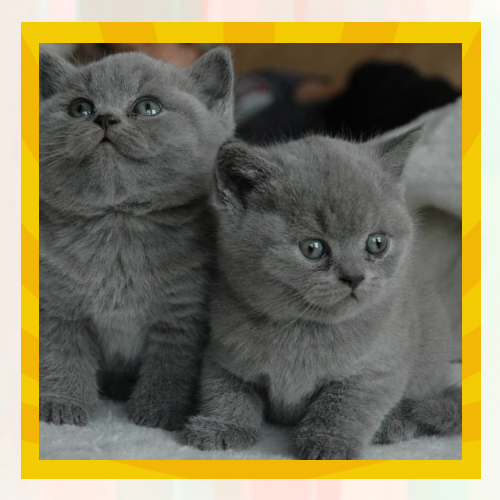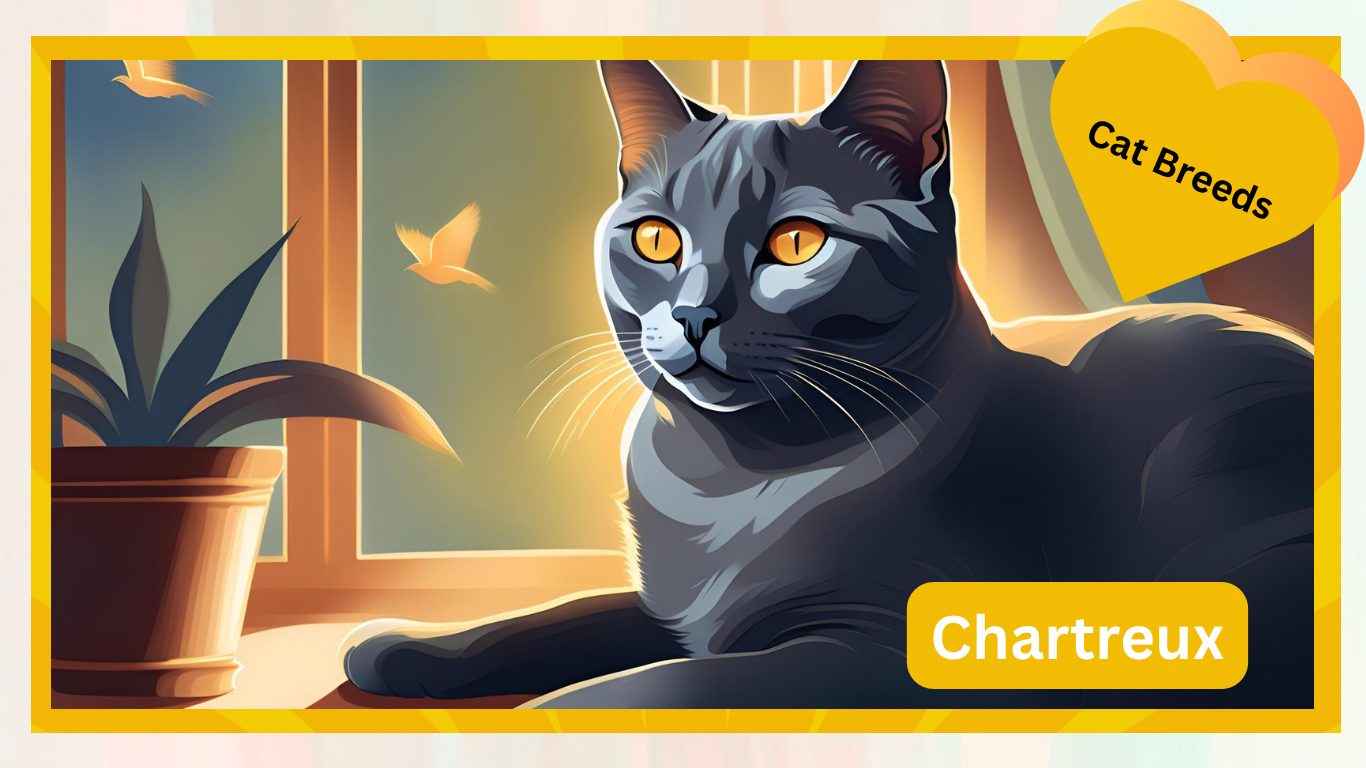The Chartreux cat is a breed steeped in history and cloaked in mystery. Known for their striking blue-gray coats, captivating copper or gold eyes, and muscular build, these cats are as fascinating for their physical characteristics as for their historical background. Originating from French monasteries, the Chartreux has a storied past that complements its serene and gentle nature. This article delves into the origins, distinctive features, temperament, and care of the Chartreux, uncovering why this rare breed continues to be a beloved choice for cat enthusiasts worldwide.
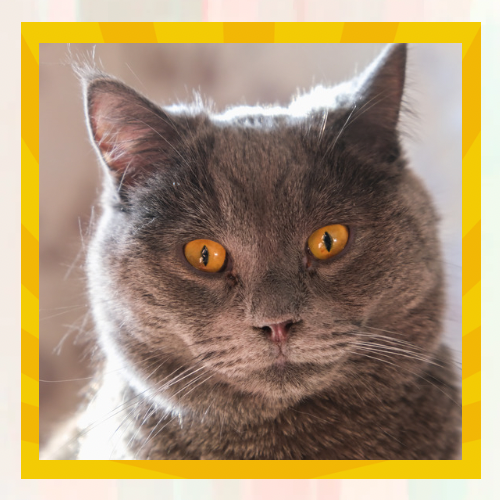
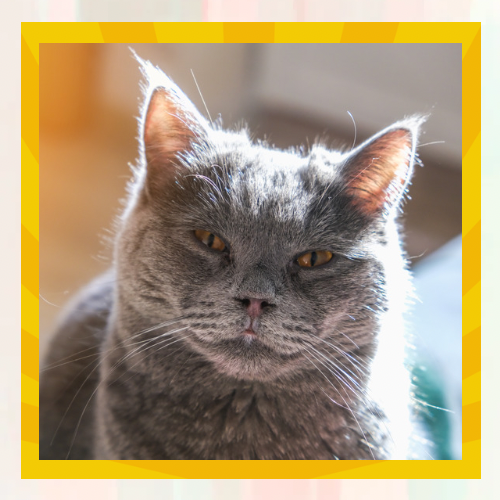
Origins: From Monasteries to Modern Homes
The Chartreux’s history is intertwined with French culture and legend. Believed to have been bred by Carthusian monks in the 18th century, these cats were kept in monasteries nestled in the French Alps. The monks valued them not only for their mousing abilities but also for their quiet and contemplative demeanor, which mirrored the monastic life
Historical records suggest that the Chartreux may have arrived in France as early as the 16th century, possibly brought back by Crusaders from the Middle East. The breed’s name, “Chartreux,” is thought to be derived from the Carthusian monks, although no concrete evidence links the breed directly to the order.
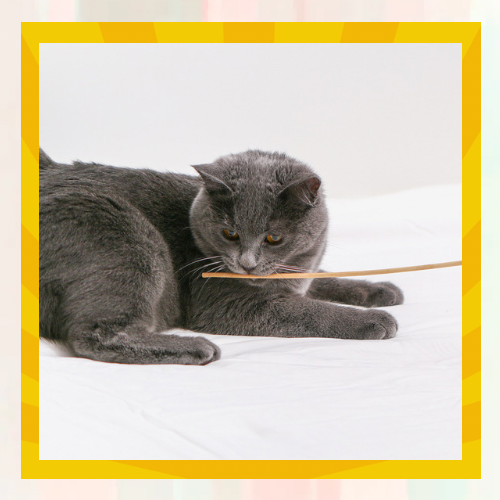
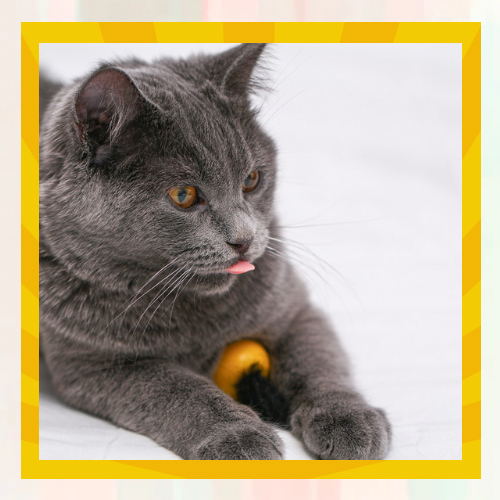
The breed was first officially recognized in France in the 1920s, and it gained international attention when it was showcased at cat shows in Europe. World War II brought many challenges for the breed, as it did for many others, but dedicated breeders worked to preserve the Chartreux’s unique characteristics. Today, the Chartreux is still relatively rare, cherished for its historical significance and distinctive appearance.
Appearance: The Blue-Gray Elegance
The Chartreux is immediately recognizable by its plush, blue-gray coat, which is dense, water-resistant, and soft to the touch. This luxurious coat is often compared to fine wool, with a texture that sets the breed apart from other short-haired cats. The coat color can range from ash gray to slate blue, with a subtle silvery sheen that adds to the cat’s allure.
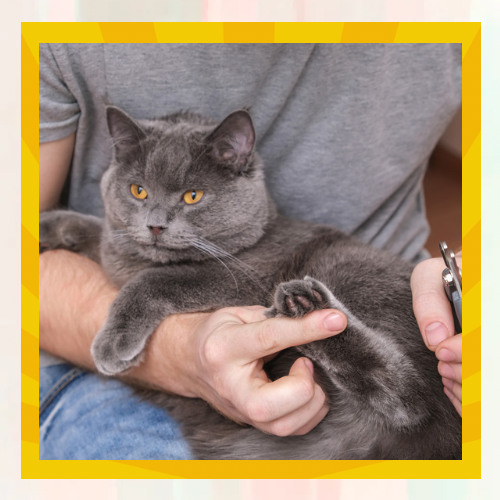
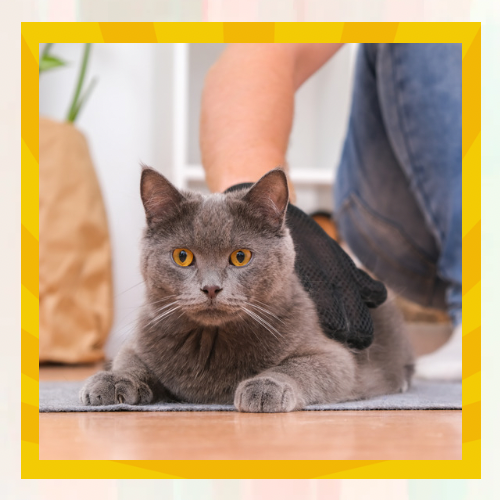
Their eyes are another striking feature, typically ranging from bright copper to deep gold. The combination of their blue-gray coat and vibrant eyes creates a mesmerizing contrast that captures the attention of all who encounter them. The Chartreux’s eyes are large, round, and expressive, contributing to their serene and thoughtful appearance.
The Chartreux has a robust and muscular build, with a solid, well-proportioned body that exudes strength and agility. They have broad chests, strong legs, and rounded paws, giving them a powerful yet graceful presence. Their heads are rounded with full cheeks, and their ears are medium-sized, set high on the head to give an alert and inquisitive expression.
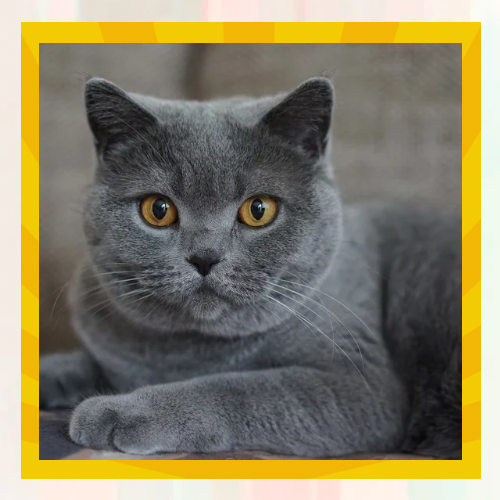
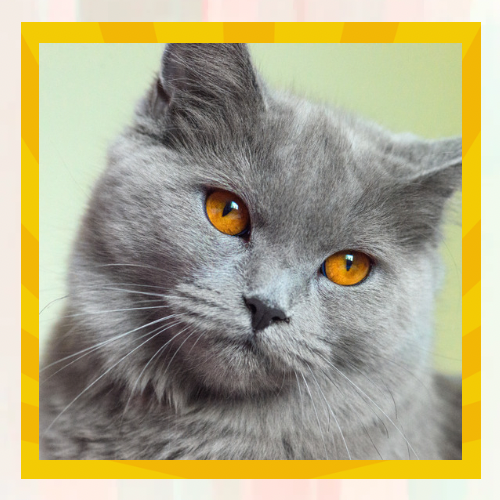
Temperament: Gentle and Silent Companions
The Chartreux is known for its quiet and gentle demeanor, often described as the “silent cat” due to its tendency to vocalize very little. This trait makes them ideal companions for those who prefer a peaceful and serene home environment. Despite their quiet nature, Chartreux cats are deeply affectionate and form strong bonds with their human families.
These cats are intelligent and observant, often following their owners around the house and watching activities with keen interest. They are playful but not overly demanding, enjoying interactive toys and games that challenge their minds and bodies. Chartreux cats are also known for their excellent hunting skills, a trait that harkens back to their days in French monasteries.
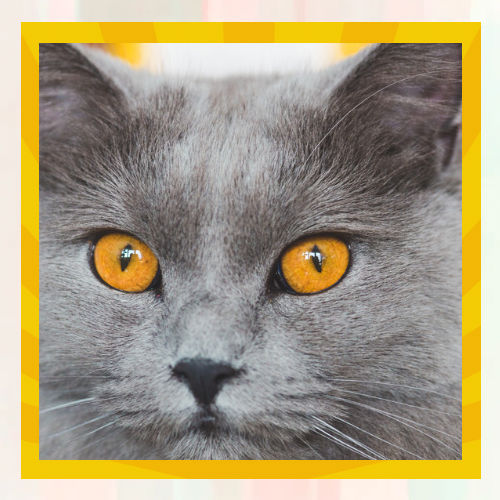
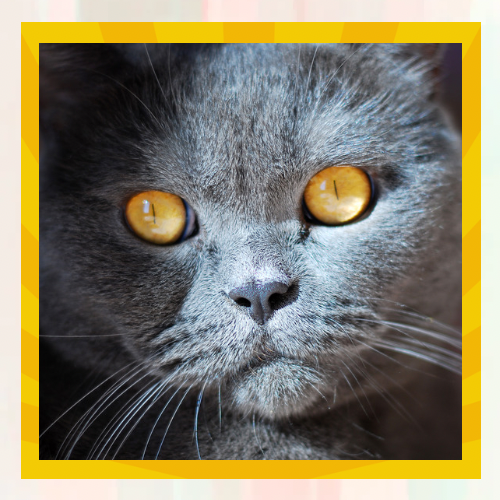
Their calm and patient nature makes them good companions for children and other pets. They are adaptable and can thrive in various living environments, from busy households to quieter, single-person homes. While they are not typically lap cats, Chartreux cats enjoy being close to their owners, often sitting nearby or snuggling up next to them.
Care and Maintenance: Nurturing the Blue-Gray Beauty
Caring for a Chartreux involves understanding and meeting their specific needs to maintain their health and appearance. Their dense coats require regular grooming to prevent matting and reduce shedding. Weekly brushing is usually sufficient to keep their fur in good condition, although more frequent grooming may be needed during shedding seasons.
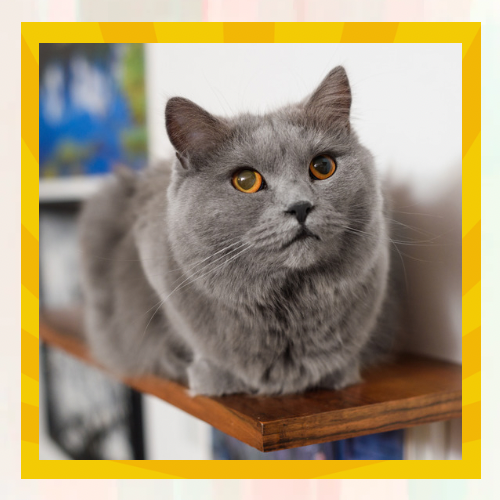
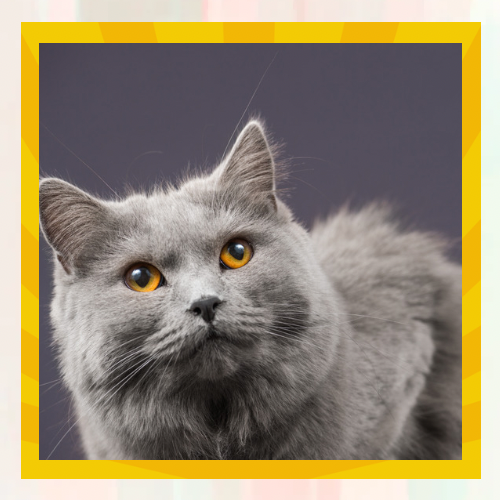
Chartreux cats are generally healthy, but like all breeds, they can be prone to certain genetic conditions. Regular veterinary check-ups, a balanced diet, and routine dental care are essential to ensure their well-being. Owners should be aware of any breed-specific health issues and work with their veterinarians to address any concerns promptly.
Given their playful and intelligent nature, Chartreux cats benefit from plenty of mental and physical stimulation. Providing a variety of toys, climbing structures, and interactive play sessions will keep them engaged and happy. These cats also enjoy puzzle feeders and other activities that challenge their problem-solving skills.
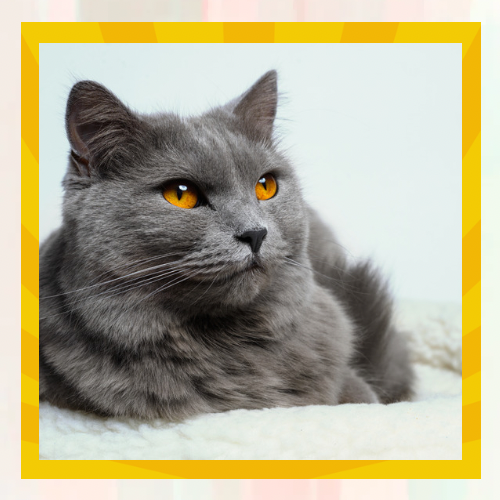
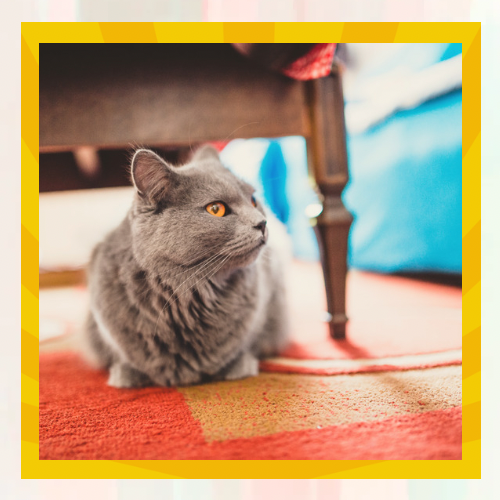
The Chartreux in Popular Culture and Recognition
The Chartreux’s unique combination of history, appearance, and temperament has made it a beloved breed in various parts of the world. It has been featured in literature and art, symbolizing quiet elegance and strength. The breed has also appeared in movies and advertisements, often chosen for its striking looks and serene demeanor.
The Chartreux is recognized by several major cat registries, including The International Cat Association (TICA) and the Cat Fanciers’ Association (CFA). These organizations help promote the breed, support responsible breeding practices, and ensure the Chartreux’s unique qualities are preserved for future generations.
In cat shows, Chartreux cats are admired for their beautiful coats, expressive eyes, and calm demeanor. Their elegance and poise often win the admiration of judges and spectators alike, solidifying their status as one of the most distinctive and cherished cat breeds.
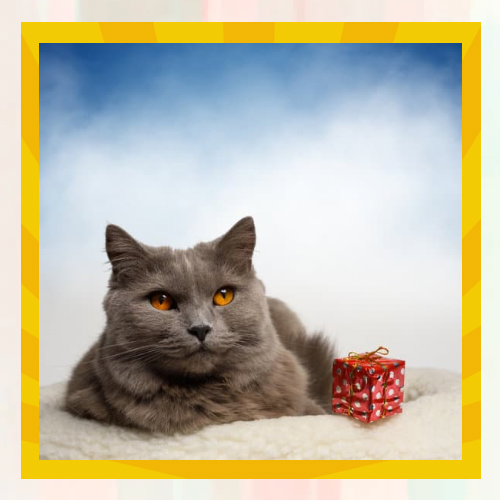
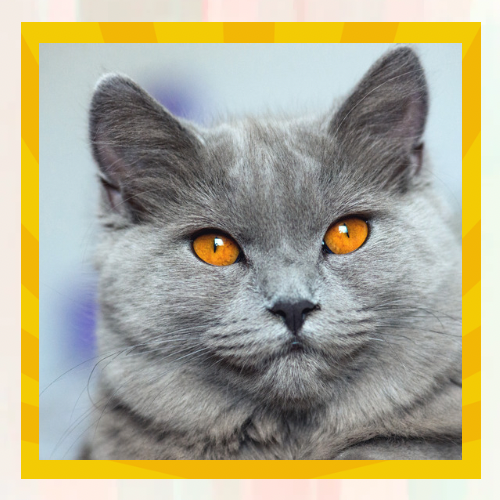
Conclusion: The Timeless Charm of the Chartreux
The Chartreux cat, with its rich history and captivating appearance, is a breed that continues to enchant cat lovers around the world. From its origins in French monasteries to its place in modern homes, the Chartreux embodies a unique blend of strength, elegance, and gentle affection. Its blue-gray coat and copper or gold eyes make it a standout in the feline world, while its quiet and observant nature endears it to those who appreciate a serene and loyal companion.
For those seeking a cat that combines historical significance, striking looks, and a gentle temperament, the Chartreux is an excellent choice. As the breed gains more recognition and appreciation, it is clear that the Chartreux’s legacy as a silent guardian of French heritage will continue to flourish.
References
1. The International Cat Association (TICA) – Chartreux Breed. https://tica.org/breed/chartreux/
2. Cat Fanciers’ Association (CFA) – Chartreux. https://cfa.org/breed/chartreux/
3. Chartreux Cat Club. https://www.chartreuxbc.org/about/breed-club/
4. Petfinder – Chartreux. https://www.petfinder.com/cats-and-kittens/breeds/chartreux/
5. Vetstreet – Chartreux Cat. https://www.vetstreet.com/cats/chartreux
